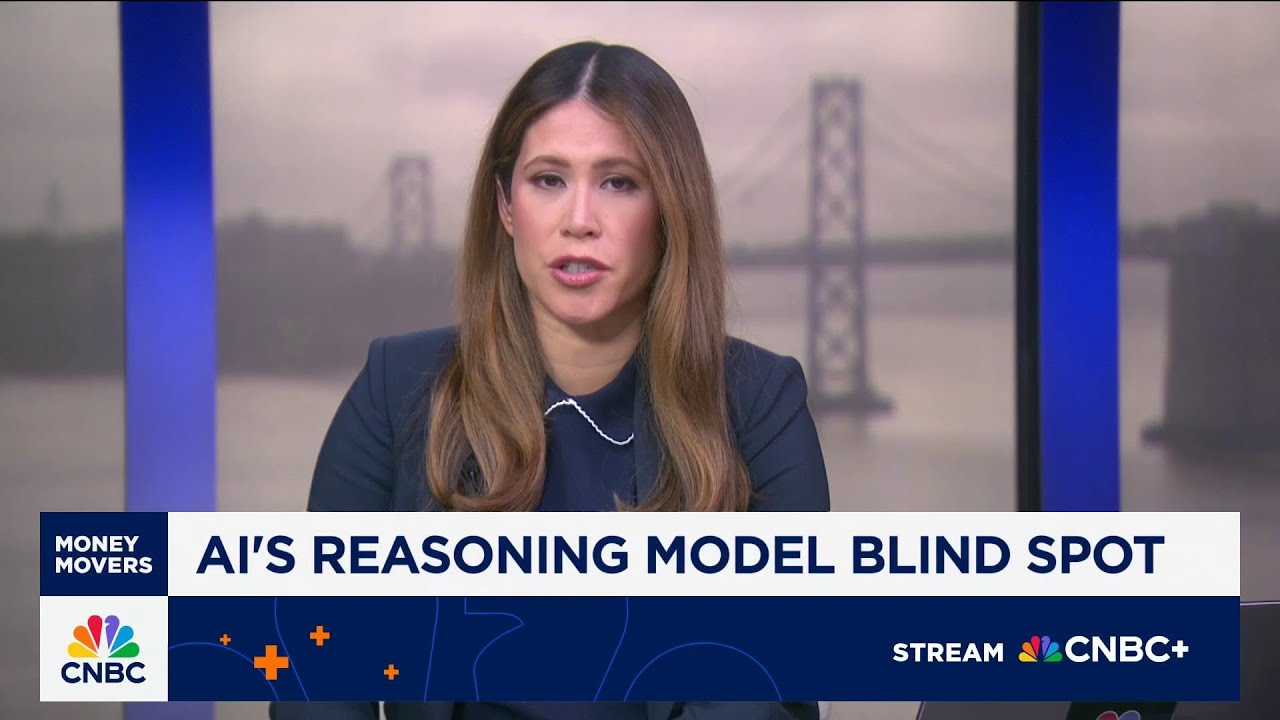The video highlights concerns that current AI reasoning models, despite driving tech stock rallies and excitement around artificial general intelligence, struggle with basic common-sense reasoning and lack broad generalization, posing risks to market expectations. It urges investors to be cautious, as the gap between hype and actual AI capabilities may lead to overestimated near-term gains and potential sunk costs in AI development.
The video discusses the current rally in tech stocks, particularly driven by companies like Nvidia, Microsoft, and Broadcom, as the market hits record highs. However, it raises concerns about a potential blind spot in the AI trade, specifically regarding the next big promise in artificial intelligence: reasoning models. These models are designed to think through problems, make plans, and act as agents, fueling excitement around the possibility of artificial general intelligence (AGI), where machines could match or surpass human intelligence.
Despite the hype, emerging research indicates that these reasoning models struggle significantly when pushed beyond narrow, specific tasks. Unlike previous AI paradigms where improvements were more consistent, current models often fail at basic common-sense reasoning that humans perform effortlessly. This limitation poses a risk to the AI market, as Wall Street’s optimism is largely based on the assumption that smarter reasoning models will drive increased demand for computing power and infrastructure, benefiting companies like Nvidia.
The concern is that if these models cannot scale or generalize effectively, the massive investments in AI development might not translate into real productivity gains but instead become sunk costs. This scenario echoes the tech trade’s experience late last year when progress stalled, and the competitive gap between Western and Chinese AI models narrowed. The reasoning narrative has since reignited enthusiasm, influencing major players like Mark Zuckerberg and Jensen Huang, and shaping partnerships such as that between Microsoft and OpenAI.
The debate over the capabilities and future of reasoning models is not just technical but has significant financial implications. Investors need to be cautious and critically assess whether the promised breakthroughs will materialize or if the market is overestimating the near-term potential of these AI advancements. The video emphasizes that while many top engineers are working on improving reasoning models, the current evidence suggests these models lack the ability to generalize broadly, which is essential for achieving true AGI.
In conclusion, the video highlights a crucial blind spot in the AI trade: the gap between the hype around reasoning models and their actual performance limitations. While specialized models may still offer value, they fall short of delivering the superintelligence that many industry leaders envision. This uncertainty calls for a more measured approach from investors and stakeholders as the AI field continues to evolve.
